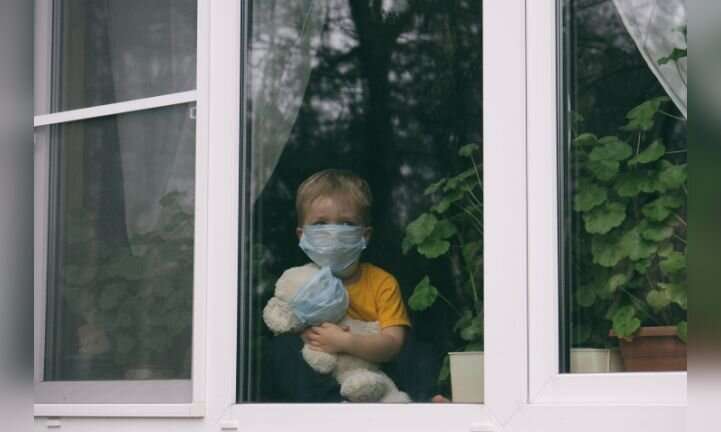
Up to now, a 14-day quarantine has been the conventional standard for stopping COVID-19 transmission in its tracks. In a new study from Yale School of Public Health that has been published in pre-print, researchers suggest a week-long waiting period could prove just as effective—if it is coupled with a negative RT-PCR test on exit from quarantine.
It’s a finding that could have big implications for travel plans, education policies and government recommendations as America nears a busy holiday season. By testing at the end of a shorter quarantine period, those potentially exposed to a COVID-19 carrier can more accurately gauge their risk compared to an “entry test” at the beginning—a policy that has been adopted by several states in recent months.
“An entry test is not a very effective way to increase the utility of quarantine,” said Jeffrey Townsend, Ph.D., the Elihu Professor of Biostatistics in the Department of Biostatistics at YSPH and the paper’s co-first author. “But if you test at the end, it really, really is much more effective.”
They developed mathematical theory to answer these questions based on data from known cases of transmission and on data for the specificity of the RT-PCR test over time, which predicted the high utility of the exit test. The researchers then tested their theory by teaming up with counterparts in industry working to ensure the health of oil-rig workers. From April 2020 to August 2020, thousands of tests were conducted on workers who were quarantined for five to seven days and tested on entry, on exit, as well as after quarantine. What they found was surprising: a test conducted even just four days after the start of quarantine managed to catch a significant number of cases that were missed by tests conducted at the beginning.
When the workers applied these findings, no outbreaks were reported. And since shutting down an oil rig is a costly endeavor, this faster method of quarantine saved both time and money.
“They had no problems during this time—no one came out of quarantine symptomatic or tested positive afterward,” Townsend explained. “This was a very successful implementation of our data-driven theory.”
Testing at the beginning of a quarantine can help pick out some COVID-19 cases before they develop further. But for many, the start could be too early to detect the virus, which takes as long as several days to multiply enough to show up on test swabs. Taking a test well into the quarantine period could prevent infected people from spreading the virus without their knowledge—”a real concern,” Townsend said, “That’s your worst-case scenario.”
The results also show that with an exit test, a quarantine has diminishing returns after around day seven.
These findings are at odds with several state mandates for incoming travelers. Since Oct. 15, Hawaii has given tourists the option to skip its mandatory two-week quarantine by showing a negative test result within three days of departure. Connecticut has a similar policy; visitors are exempt from 14-day self-quarantine if they’ve had a negative test result within 72 hours of arrival or any time following arrival in Connecticut.
Still, Townsend has helpful advice for those looking to travel for the holidays.
“If you’re going to travel, you should strictly quarantine yourself from other social contacts for at least a week,” he said. “And get tested at the last possible moment so that you will get the answer before you meet up with your loved ones.”
The study has been peer-reviewed and awaits formal publication in a journal.
Matt Kristoffersen, Yale University

